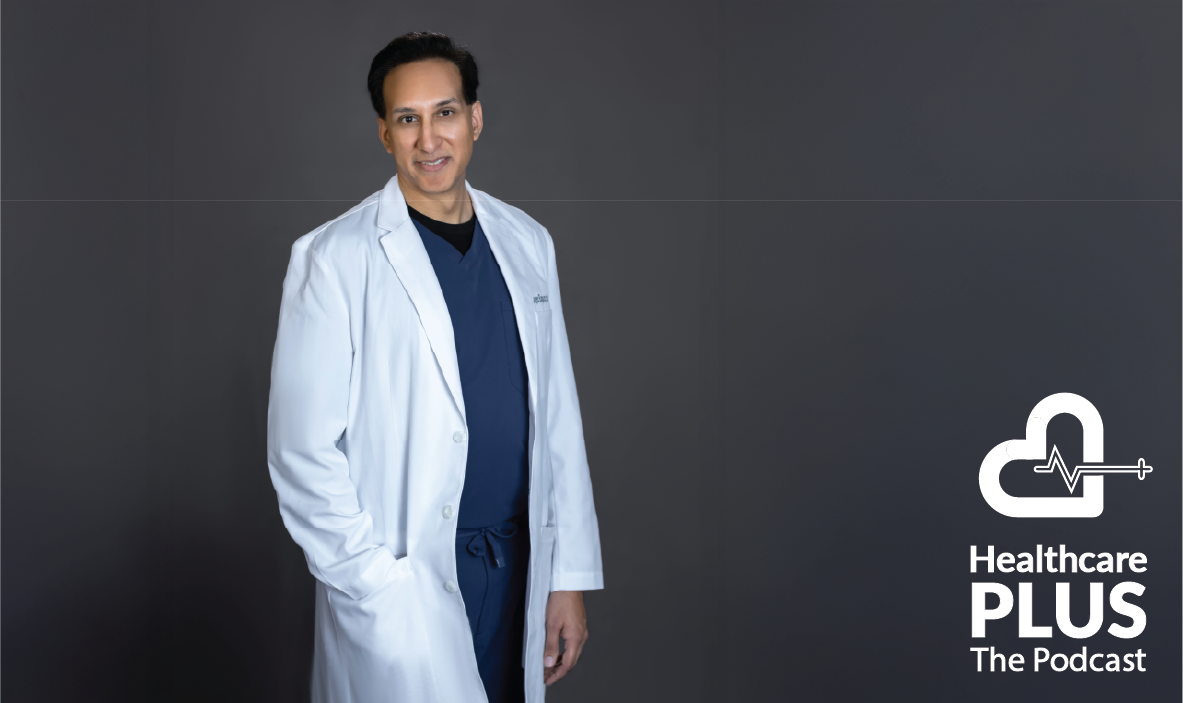Burnout has been a problem in healthcare for a long time. As the industry has gotten more and more complex, the problem has had increased—and during COVID things got exponentially worse, with many providers walking away from their job. And while removing systemic burdens certainly plays a role in alleviating burnout, there is also a lot individuals can do on their own.
In a recent Healthcare Plus podcast interview, Quint Studer discussed this topic with Dr. Roger Kapoor, a practicing dermatologist, healthcare leader, and author of Working Happy!: How to Survive Burnout and Find Your Work-Life Synergy in Healthcare. He notes that own thoughts, emotions, expectations, and mindsets can push us toward burnout.
Here are a few tips on what individuals can do to heal burnout:
Pay attention to your mindset. Dr. Kapoor explains how negative thought patterns—self-doubt, fear, resentment—create a kind of “mental toxicity,” leading to emotional exhaustion even in otherwise healthy work environments. It’s not enough to fix the system; individuals must also learn to filter what they mentally “consume” each day. We wouldn’t purpose eat spoiled food, but we feed ourselves a steady diet of negativity day in and day out and then wonder why we’re feeling so bad.
Forget work-life balance. Dividing time equally between work and home isn’t possible. Dr. Kapoor proposes a more powerful framework: work-life synergy. Instead of seeing work and personal life as forces pulling against each other, he encourages integrating them, recognizing each as a vital piece of a fulfilling life puzzle. On the podcast he tells a story about teaching his young son to complete a puzzle—where even the strangest pieces matter—which beautifully illustrates this idea.
Prioritize movement, healthy eating, and especially sleep. These small, often neglected habits form the foundation of resilience. Dr. Kapoor talks a lot about sleep deprivation and its connection to burnout, but he also emphasizes that it’s connected to physical conditions like cardiovascular disease, obesity, and dementia. (He describes the glymphatic system as the body’s “night shift janitors” clearing out the waste in our brains as we sleep.)
Realize that gratitude is more than good manners. It’s good medicine. Dr. Kapoor notes that pausing to say thank you might feel like a luxury in fast-paced environments but it’s a game-changer not just for emotional wellbeing but for physical health.
Embrace the Japanese concept of ikigai. Dr. Kapoor describes it as the intersection of what you love, what you’re good at, what the world needs, and what you can be paid for. He movingly recalls a moment when a compassionate anesthesiologist comforted his mother during a family health scare. That simple, human connection was a perfect example of ikigai in action: turning an ordinary task into an extraordinary act of purpose.
This conversation is more than a reflection on burnout—it’s a call to action. When we prioritize well-being at both a personal and systemic level, patients and providers alike will thrive. As Quint says, “People will feel better knowing there are people like Dr. Roger Kapoor out there, making healthcare a better place.”
For more tips on how to survive burnout, check out How Mindset, Synergy, and Lifestyle Basics Help Healthcare Professionals Battle Burnout.






